The 1960s were a defining decade in South Africa, marked by the deepening of apartheid – a system of institutionalized racial segregation introduced in 1948. The impact of these policies started to dramatically reshape the cities during this period, and Cape Town, recognized for its cultural and ethnic diversity, was not spared.
One of the most significant events was the forced removals in District Six. This vibrant neighborhood, a melting pot of diverse racial and ethnic groups, was declared a “whites-only” area by the apartheid government in 1966. As a result, nearly 60,000 of its residents were forcibly displaced and relocated to the barren Cape Flats. This heart-wrenching episode left an indelible scar on Cape Town’s cultural landscape.
Yet, in spite of these hardships, Cape Town’s spirit remained indomitable. The city became a hotbed of anti-apartheid activities, with protests and demonstrations becoming a frequent sight. Organizations like the Pan Africanist Congress (PAC) and the African National Congress (ANC) were at the forefront of the struggle against apartheid, using Cape Town as a crucial base for their operations.
Even amidst the social and political turmoil, Cape Town’s cultural scene continued to flourish. Music, especially the vibrant jazz scene that gained momentum in the 1950s, thrived during the 1960s. Many musicians channeled their art into protest, using their music to voice resistance against apartheid.
The city’s natural beauty remained a constant during this tumultuous decade. The stunning beaches, breathtaking views from Table Mountain, and charming vineyards of the Cape Winelands continued to attract both locals and tourists. The stark contrast between the city’s natural allure and the social unrest was a part of what made Cape Town uniquely compelling during this time.
The University of Cape Town, South Africa’s oldest university, continued to flourish despite the socio-political upheaval. While confronting the government’s oppressive policies, the university acted as a crucial bastion of intellectual resistance against apartheid. Students and faculty members catalyzed debates and mobilized actions that challenged racial segregation.
Education was not limited to university walls. Grassroots educational movements were gathering pace, offering disadvantaged sections of society avenues to education and literacy. These initiatives focused not only on academic education but also on raising political awareness among the oppressed.
In the artistic domain, Cape Town experienced a cultural renaissance in the 1960s. Despite the restrictive environment, artists and performers discovered innovative ways to express their protest and highlight the city’s multicultural dynamism. Painters, sculptors, writers, and playwrights produced works that reflected the realities of the time, offering both critique and hope.
Architecturally, the 1960s marked a shift towards modern designs. The cityscape began to evolve as traditional Victorian and Cape Dutch buildings were joined by modern skyscrapers and high-rise apartments. One notable addition to the skyline during this period was the Foreshore Freeway Bridge, an unfinished project that remains a symbol of the era’s ambitious yet often unfulfilled plans.







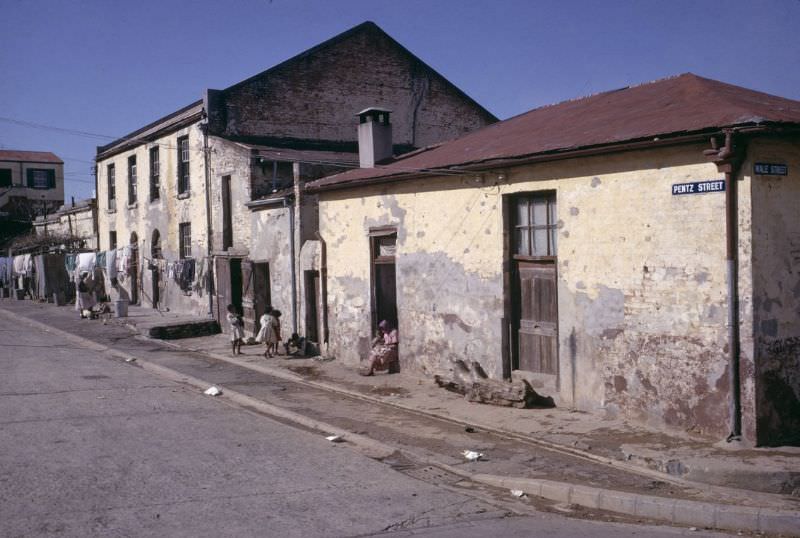








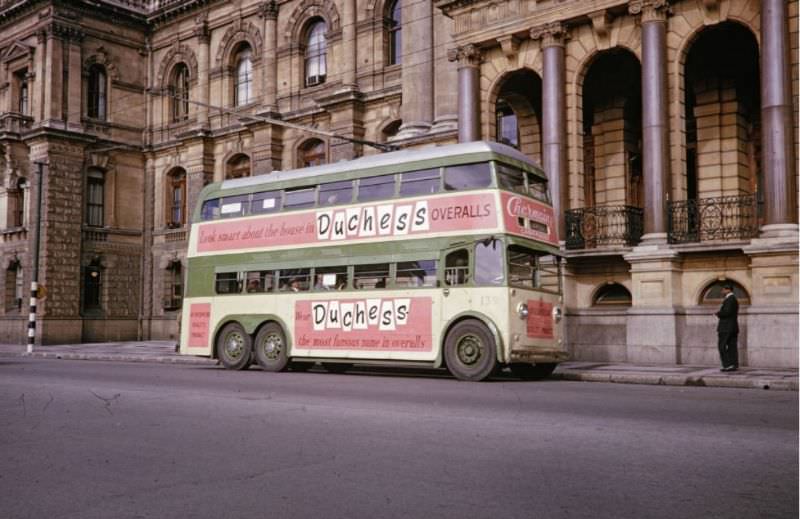


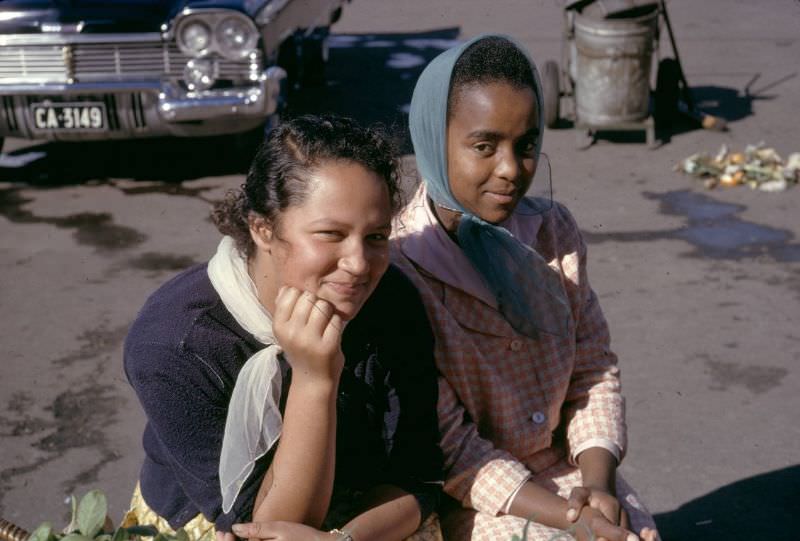





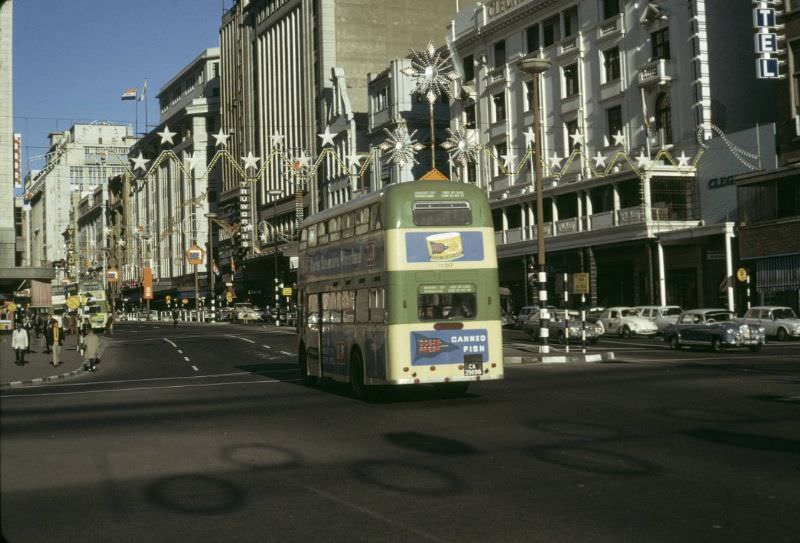



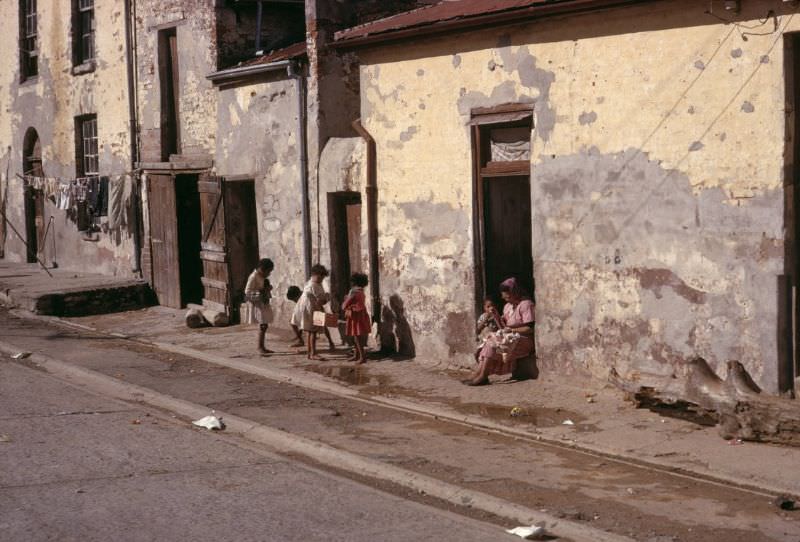








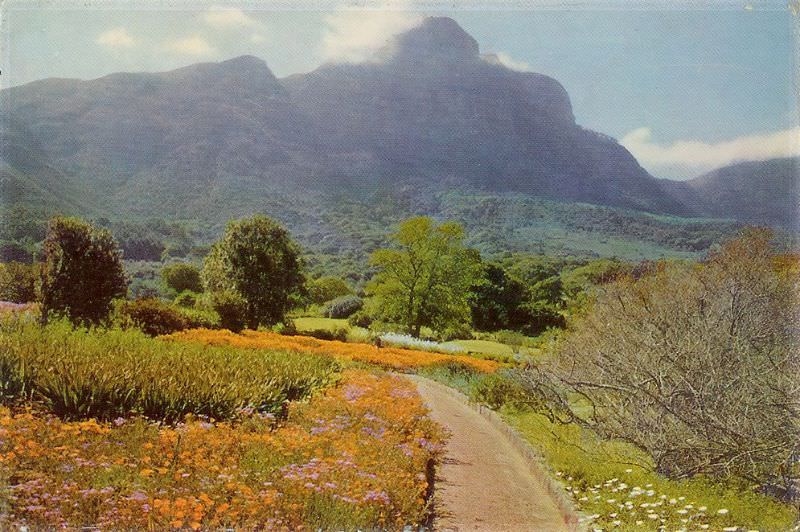


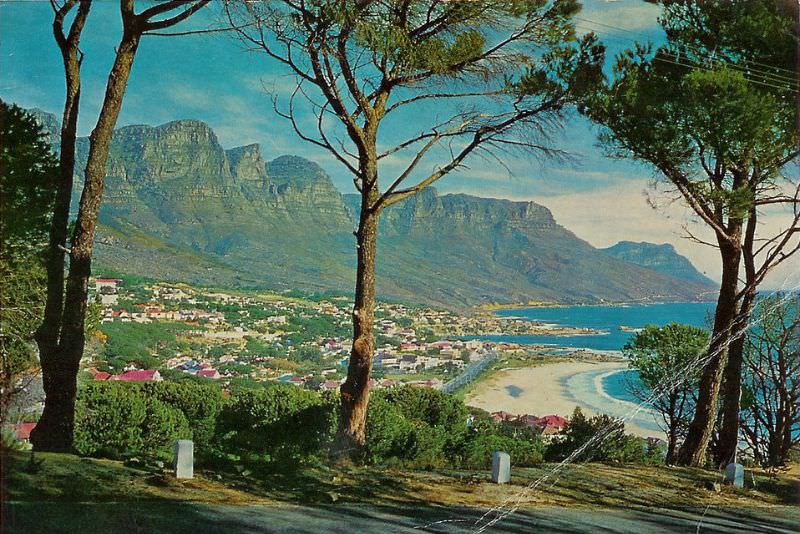










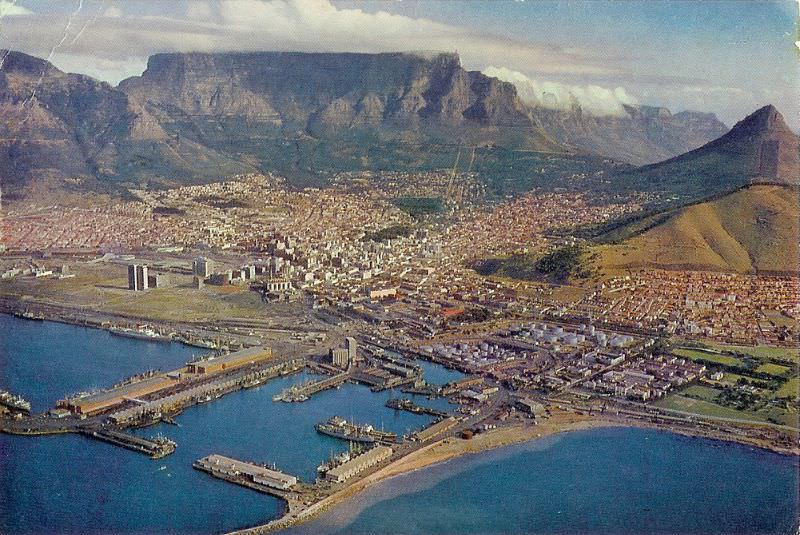




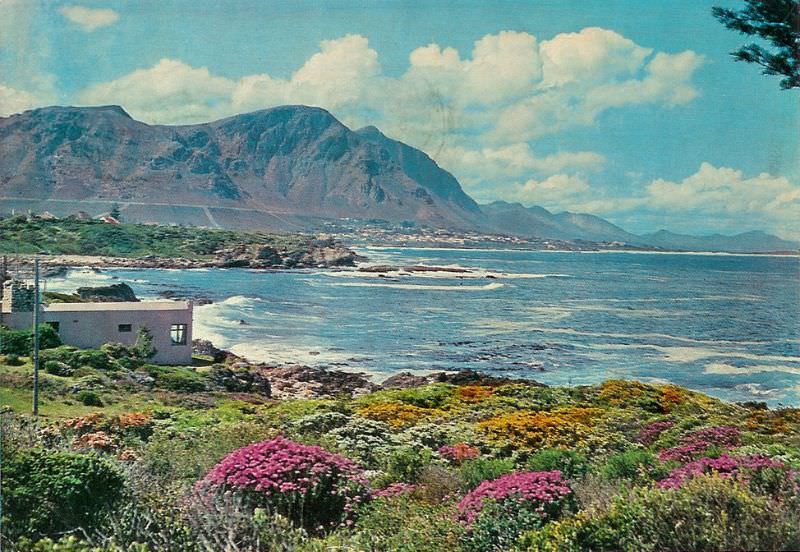






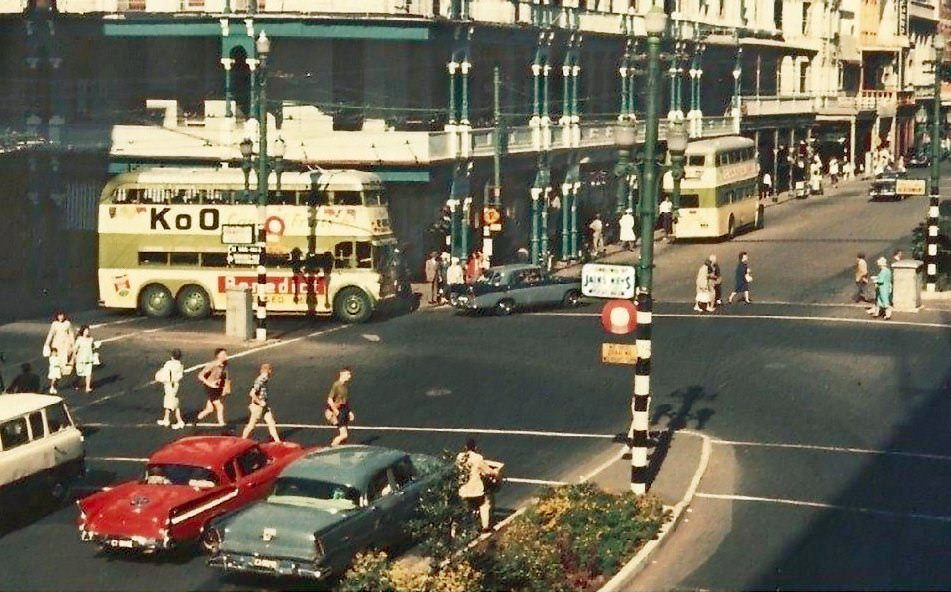

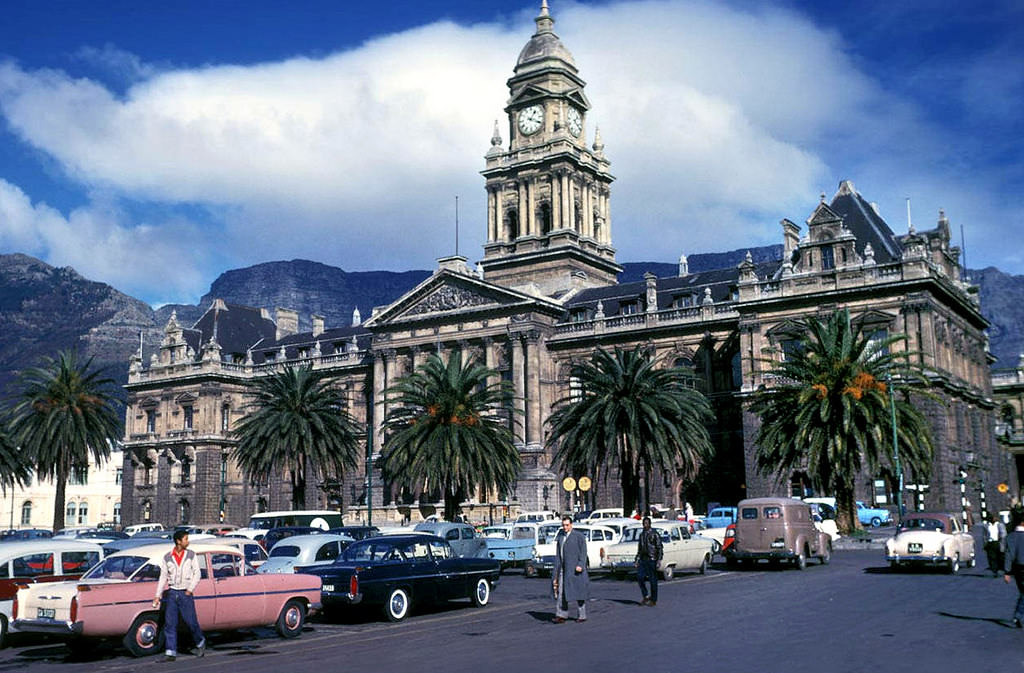
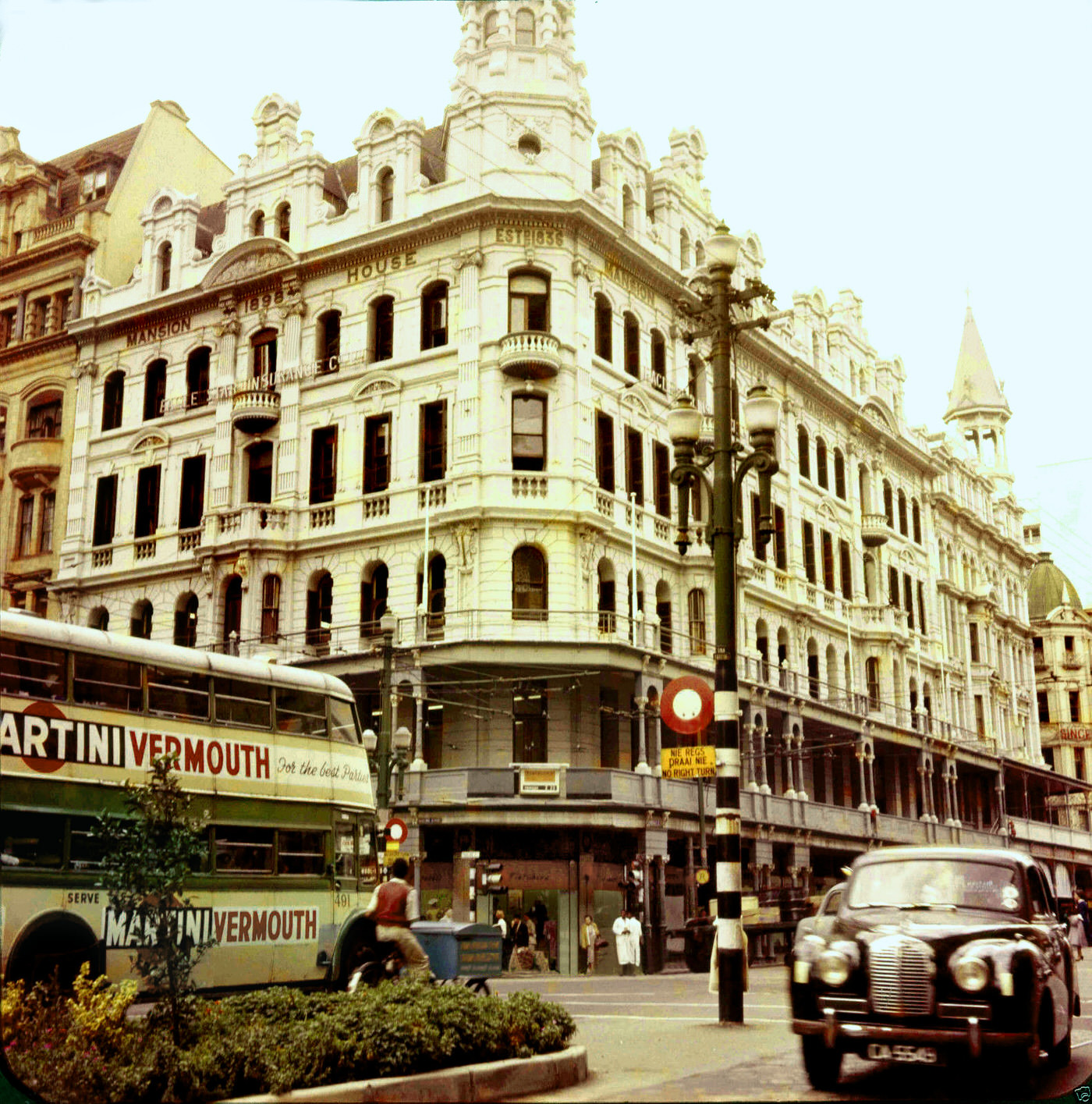














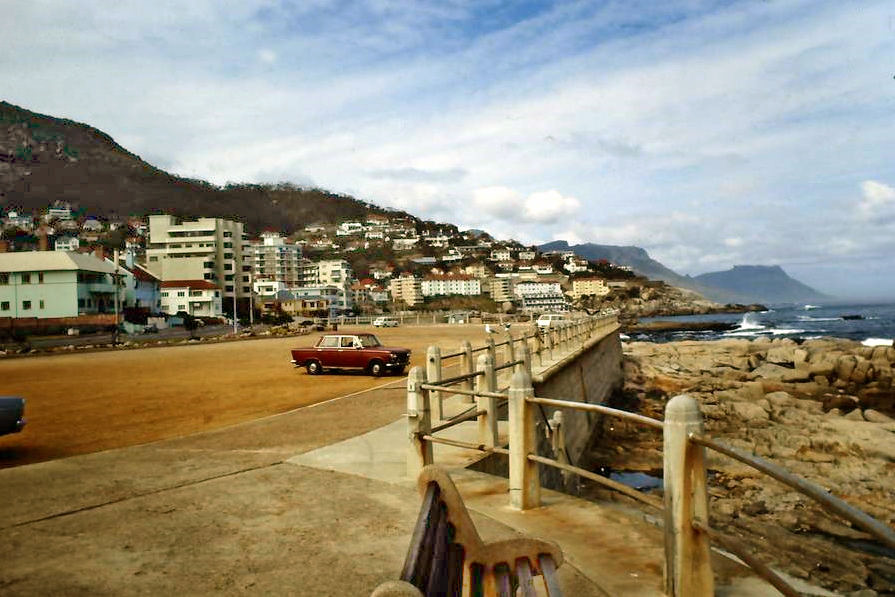







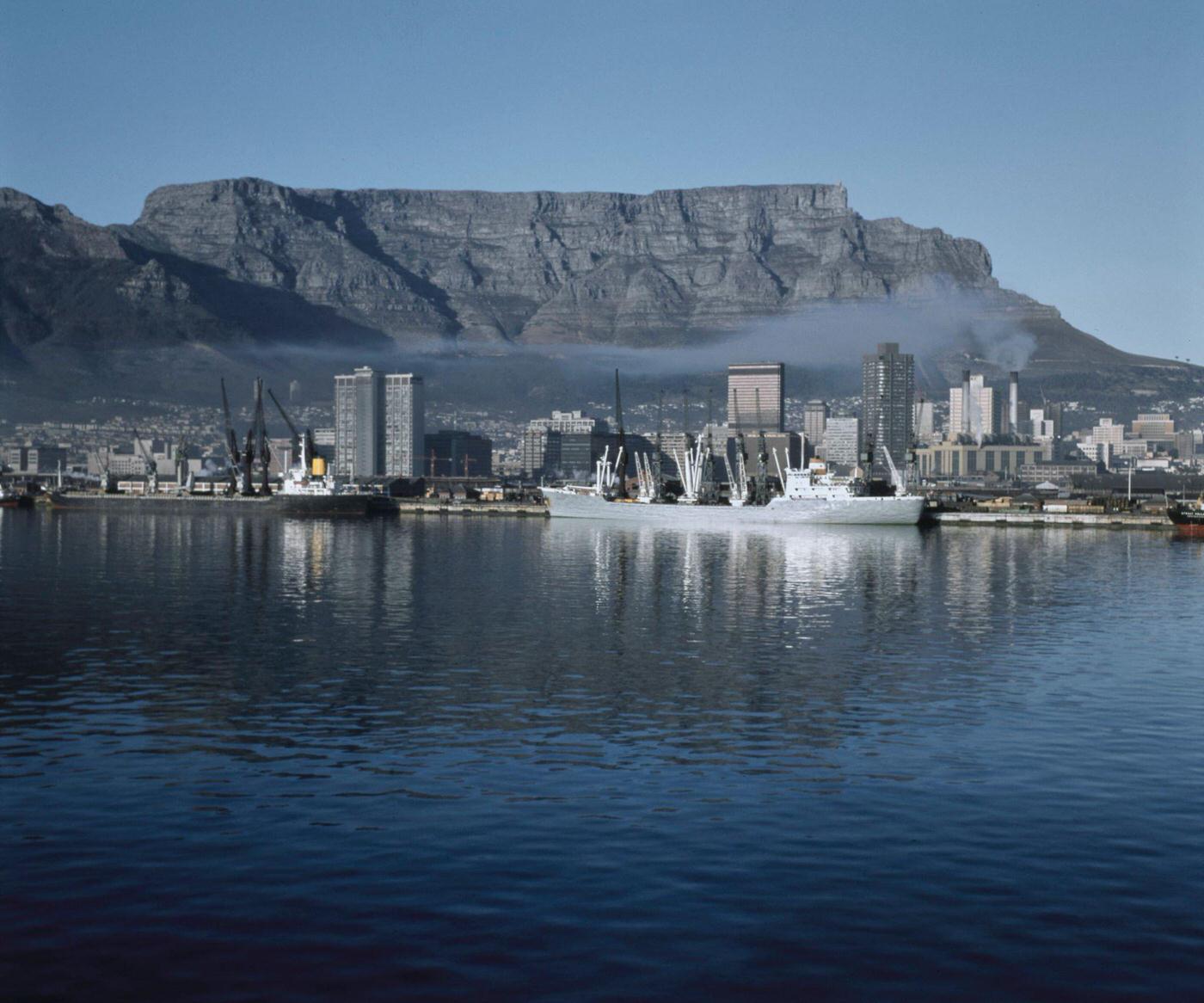







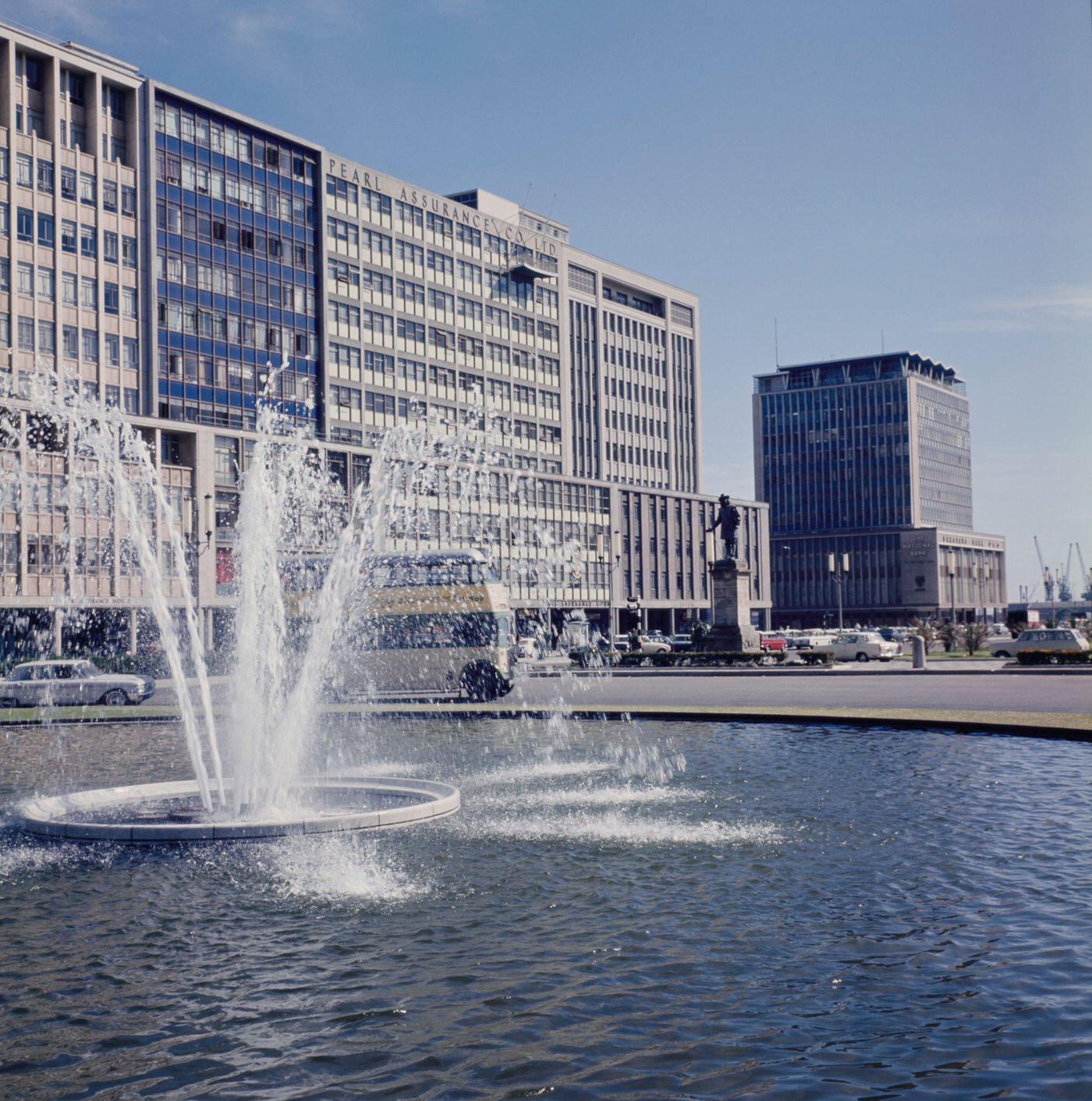






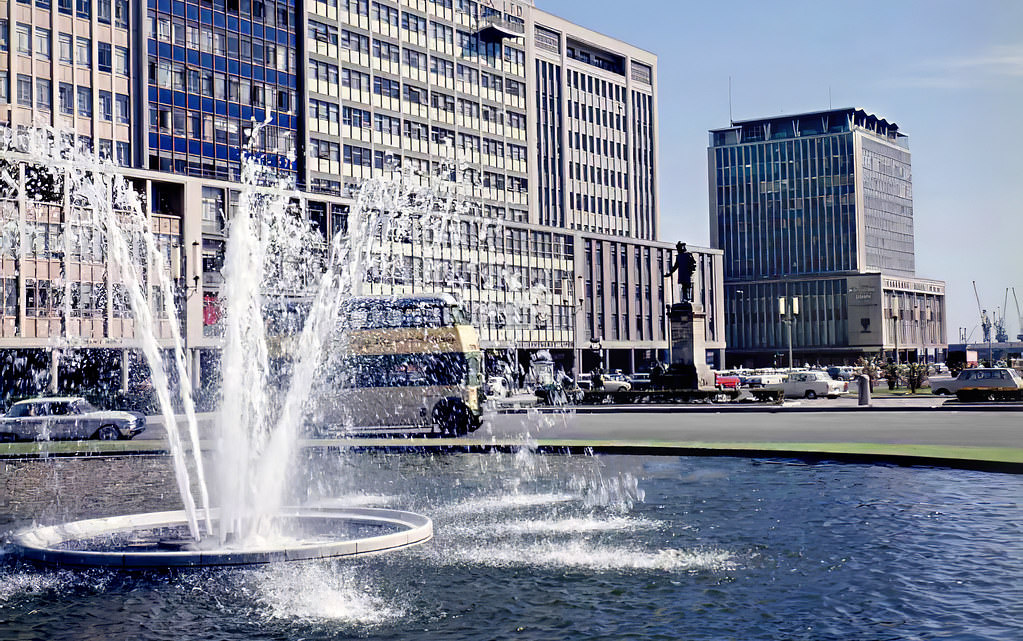

























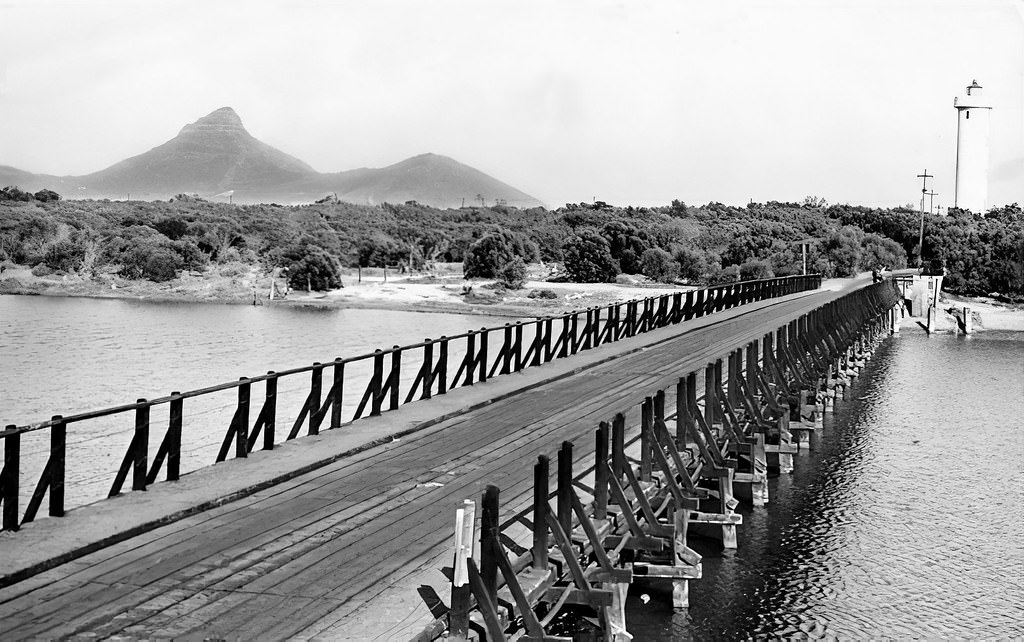




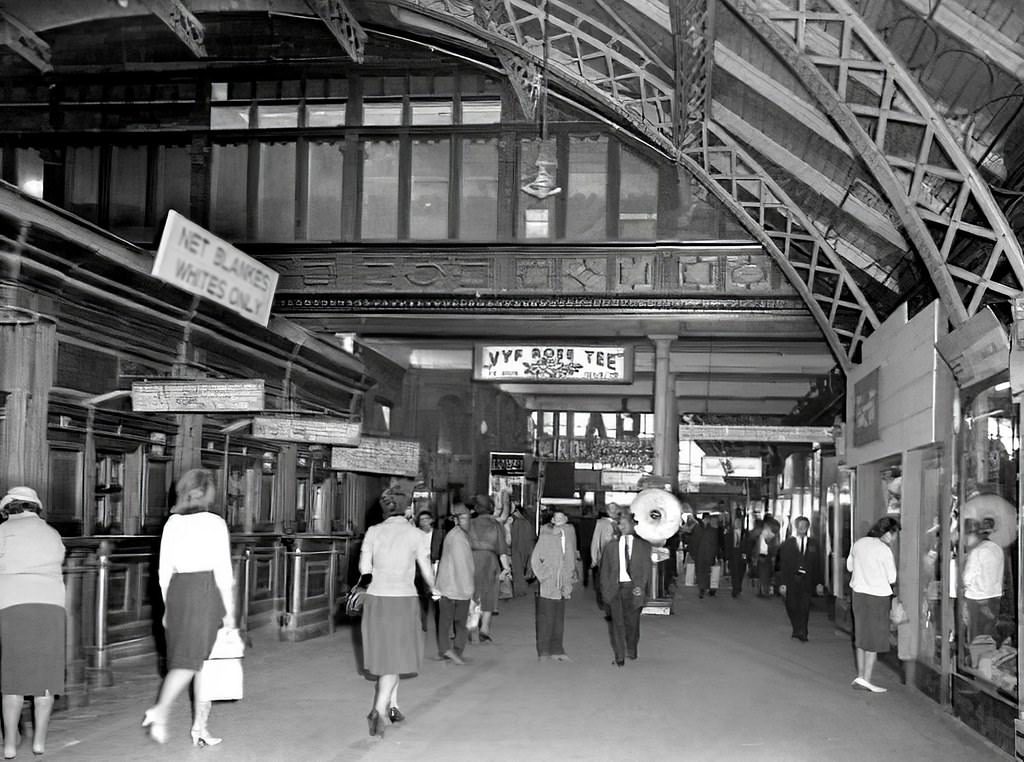



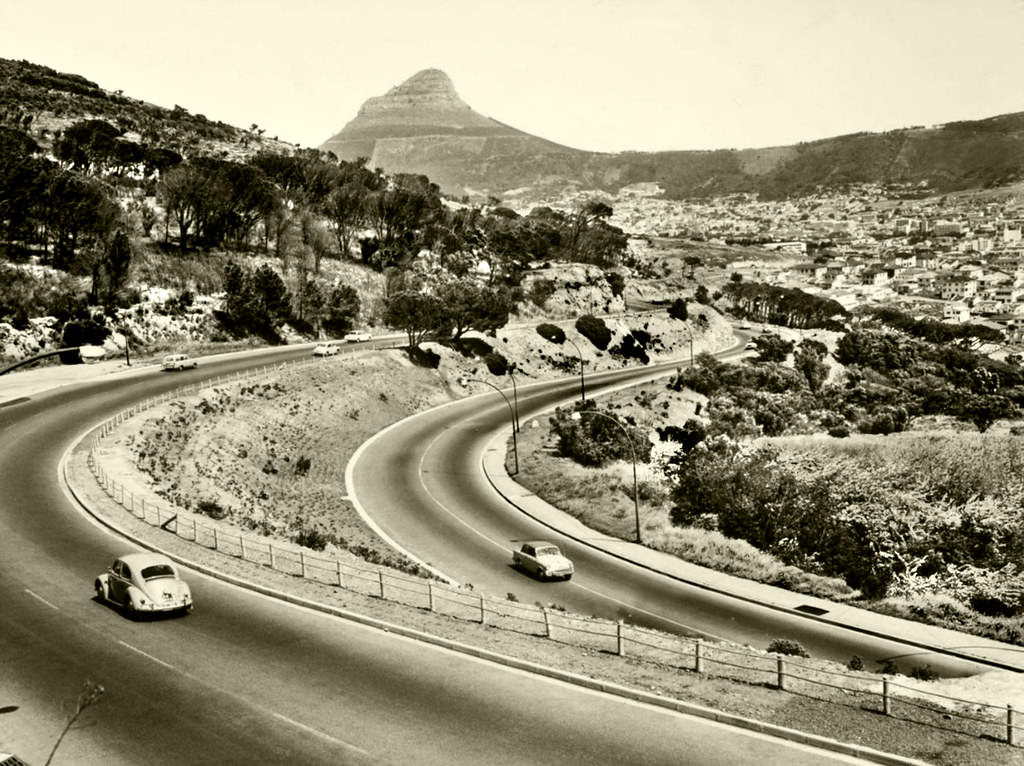

































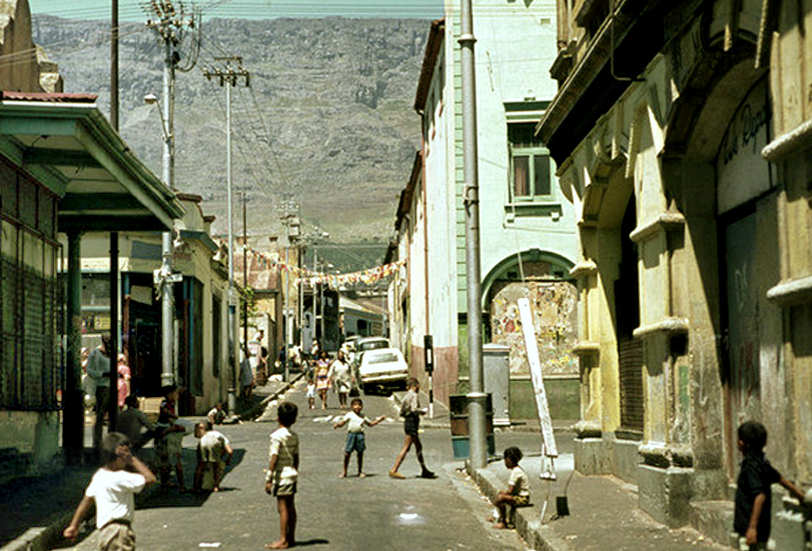





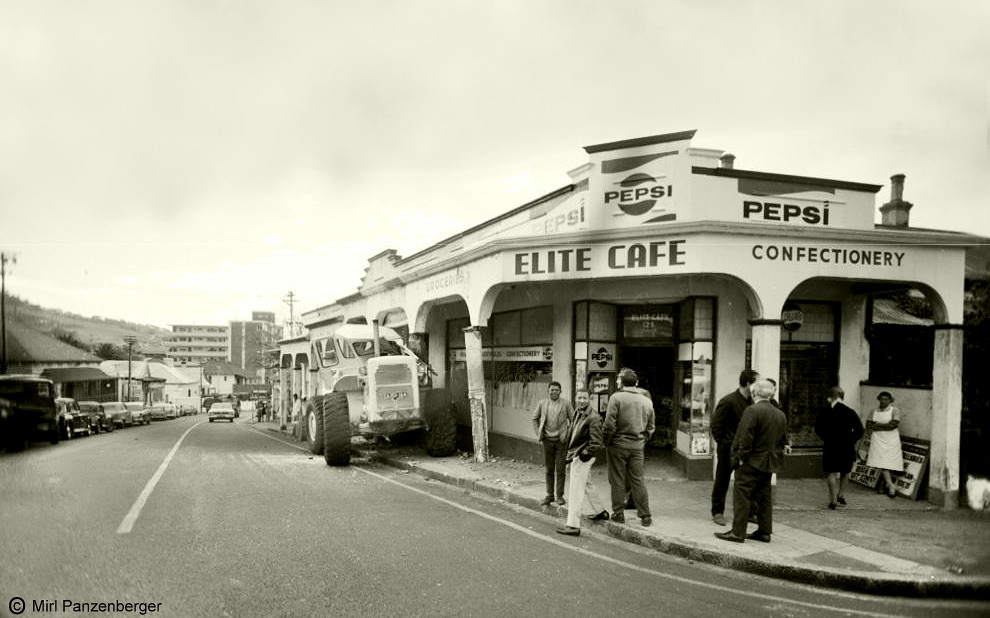













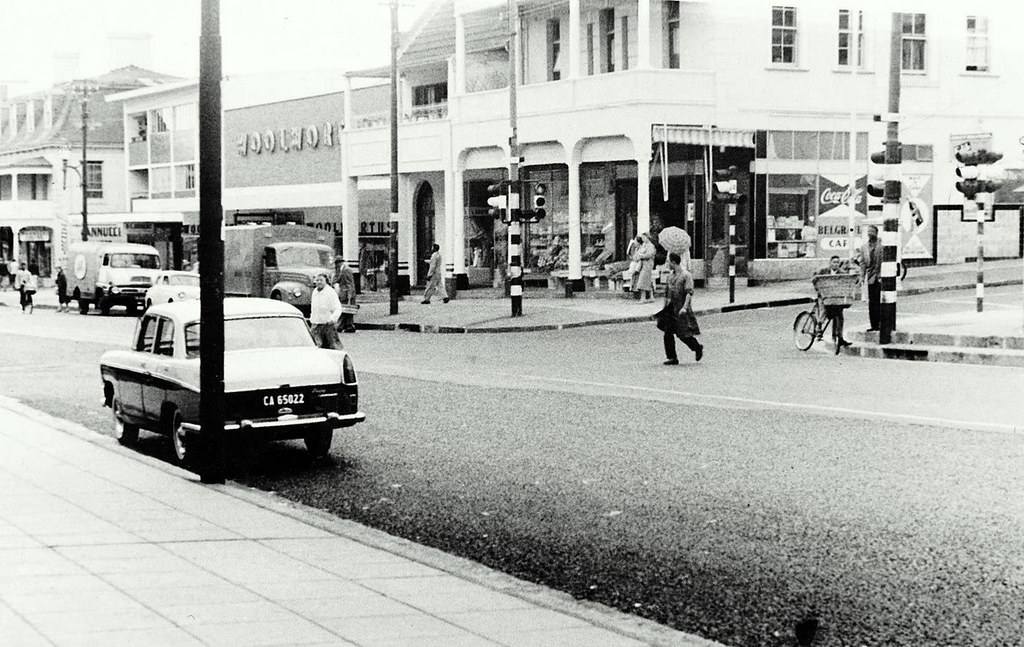











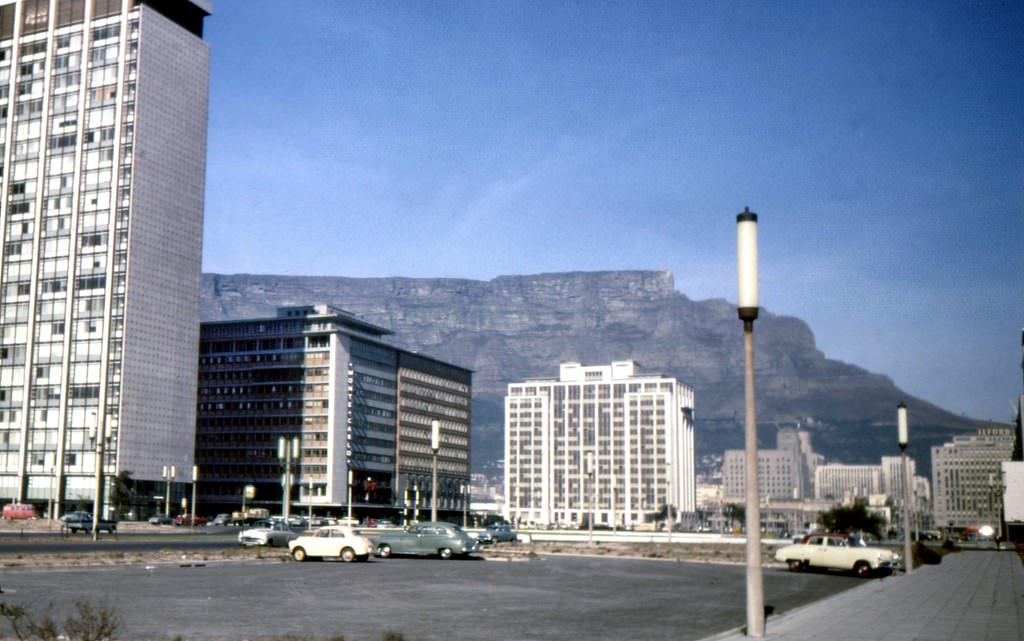


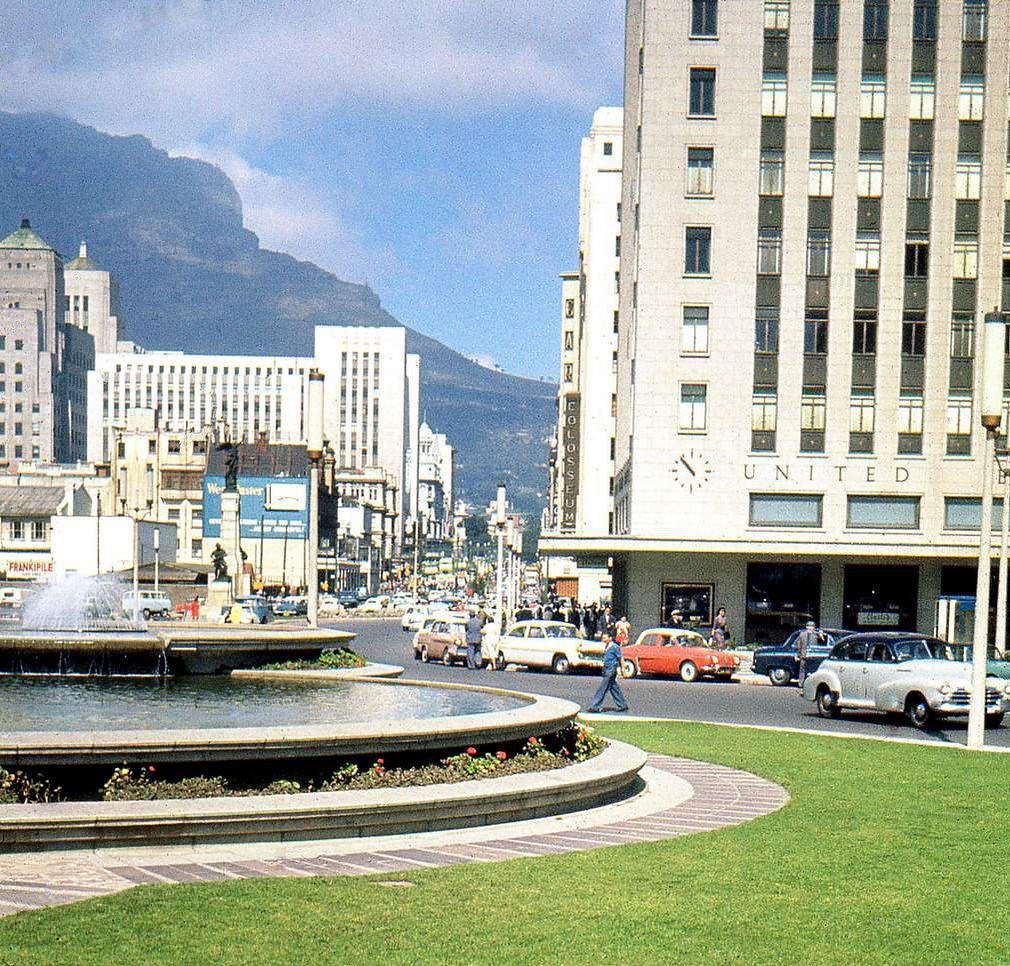





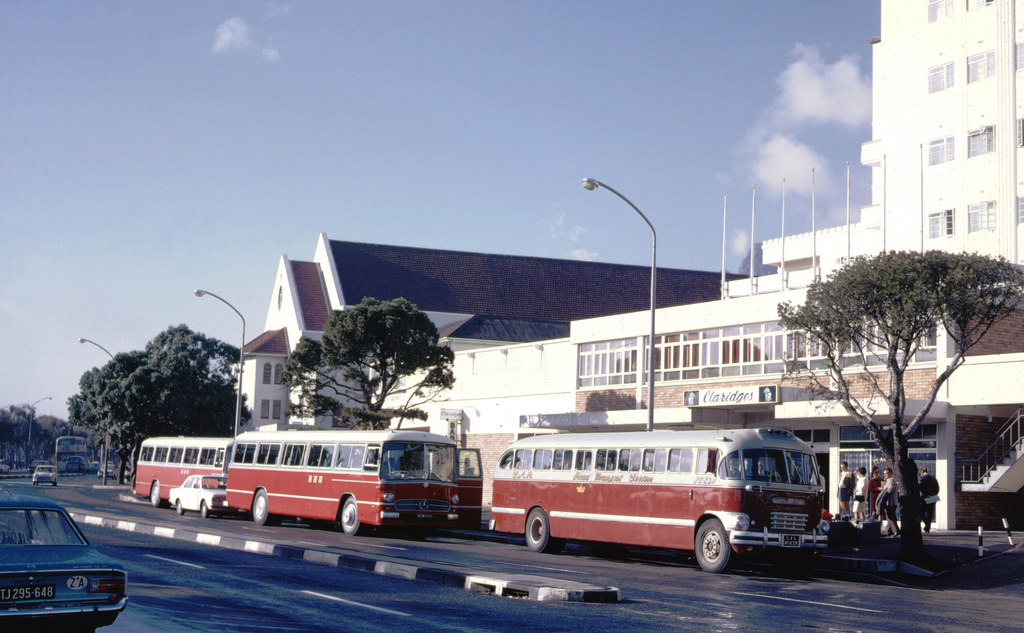





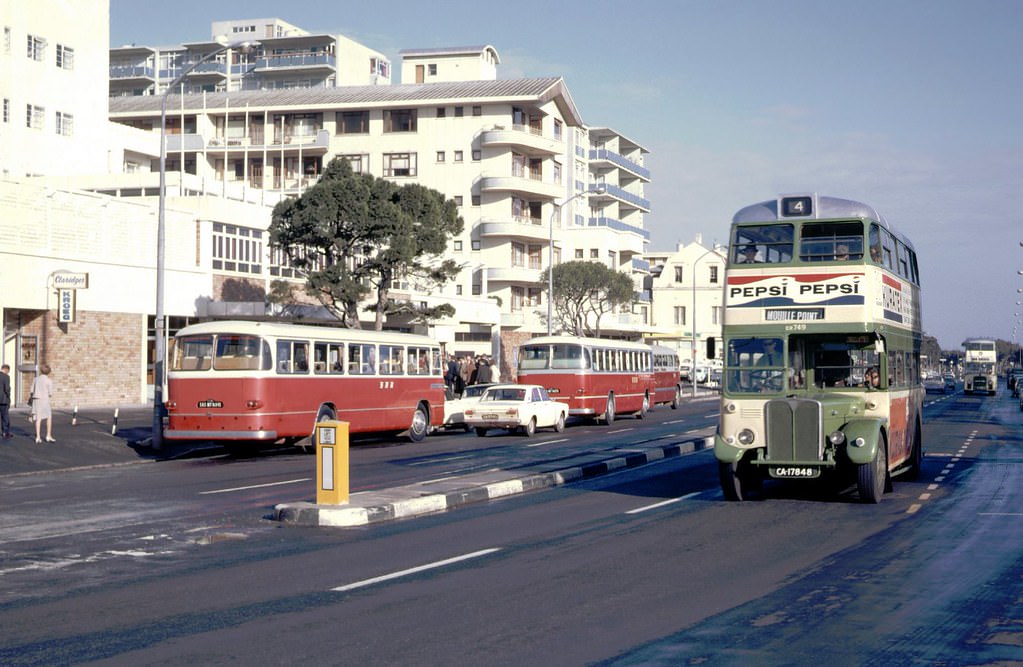
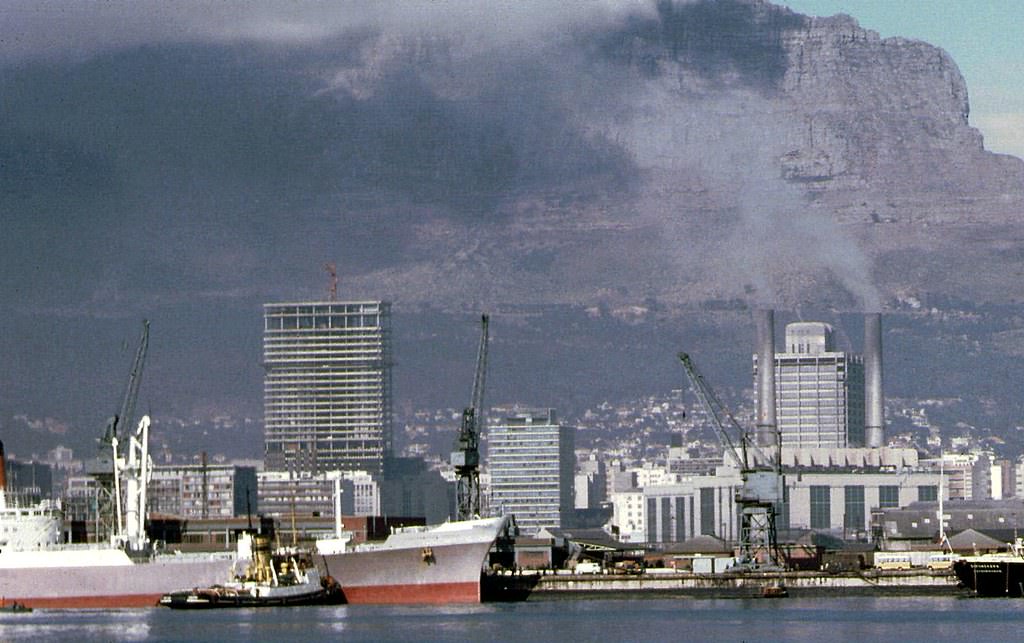


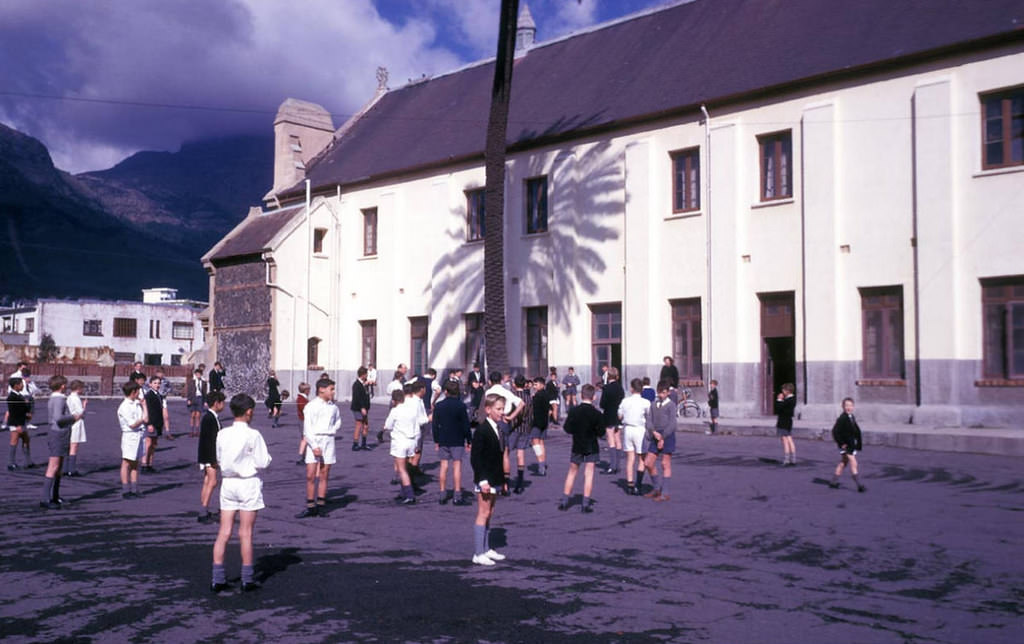
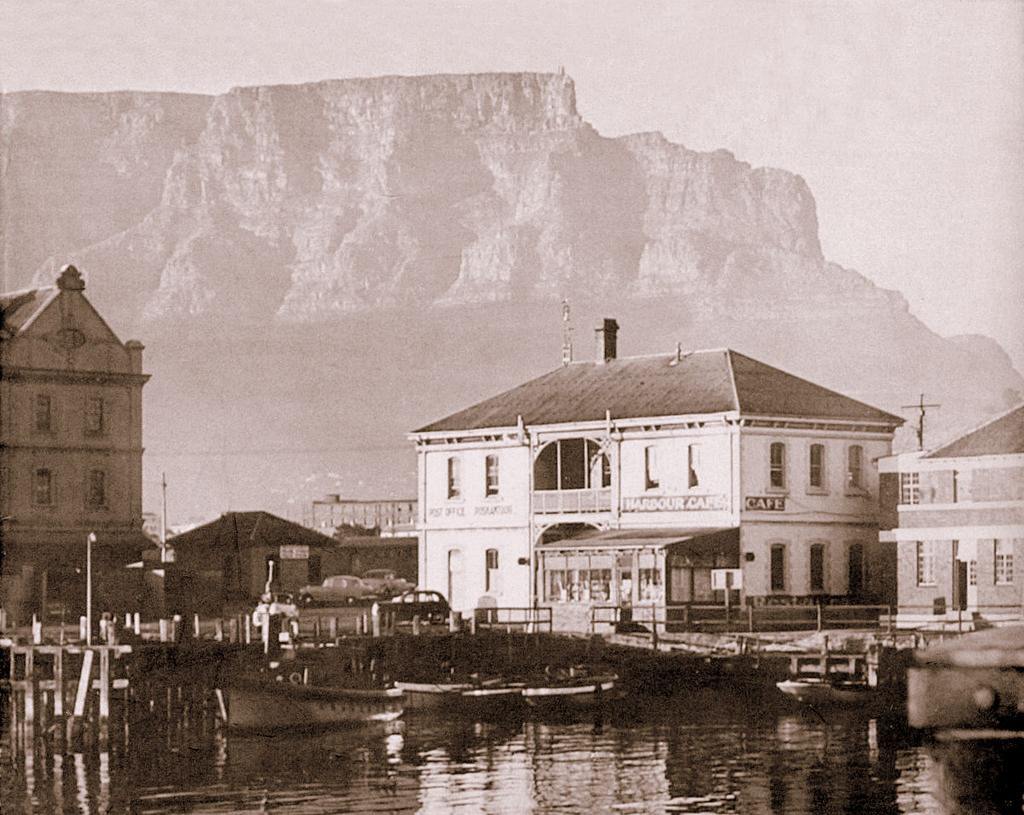















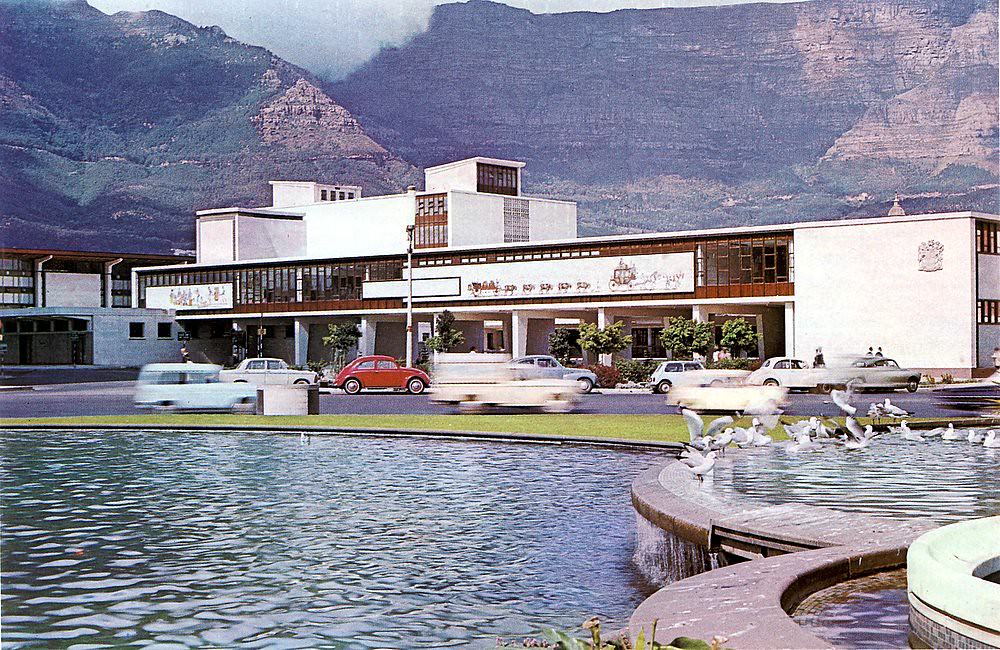










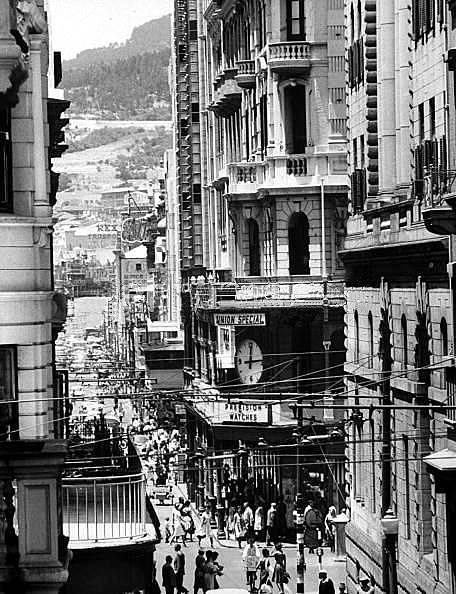







It looks even more lively thank it is these days, with tourists and all.
Anyone from that era: What was it like back then comparted to now?
The good old days before the blight of the tampon buildings.